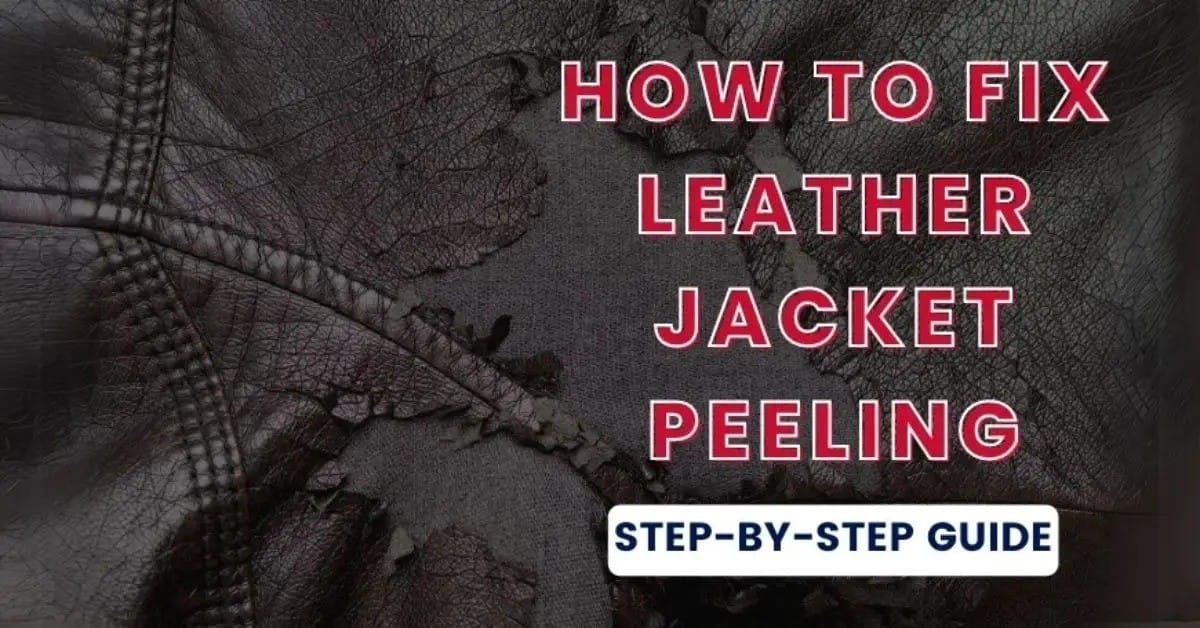🧥 How to Fix a Peeling Leather Jacket (And What You Should Know First)
If your leather jacket is starting to peel, it’s likely made of faux leather (PU leather) or bonded leather, not genuine leather. Real leather doesn’t peel—it cracks when it’s very dry, but that’s a different issue.
Still, there are a few ways to restore the look and extend the life of your jacket. Here’s how:
✅ 1. Trim the Peeling Areas
Use small scissors or a razor blade to gently trim away loose flakes or peeling pieces.
✂️ Be careful not to cut into the base fabric underneath—just remove the curled or damaged layer.
✅ 2. Apply Leather Repair Compound or Paint
You’ll need a faux leather repair kit or vinyl/leather paint to cover the damaged areas.
Steps:
- Clean the area with a damp cloth and let it dry completely.
- Use a leather filler or flexible paint (like Angelus or Fiebing’s for faux leather).
- Apply in thin layers using a sponge or palette knife.
- Let each layer dry fully before adding the next.
- Finish with a clear sealer or finisher to lock in the repair.
🎨 Match the color carefully. You may need to blend shades for the best result.
✅ 3. Use a Leather Patch (Optional)
If the peeling is too large to repair with paint or filler, consider using a self-adhesive leather patch in a matching color.
🩹 This works especially well on sleeves, elbows, or back areas.
✅ 4. Prevent Future Peeling
- Keep the jacket away from heat and humidity.
- Clean it gently with a damp cloth—no harsh cleaners.
- Store it on a hanger in a cool, dry place.
- Condition with a faux leather conditioner (if compatible).
❌ Keep in Mind:
Once faux leather starts peeling, it’s usually a sign of breakdown in the synthetic coating. Fixes are mostly cosmetic—they can restore the look, but not the long-term durability.
Thinking about upgrading to genuine leather next time? Real leather costs more, but it lasts for decades with proper care—and it never peels.

